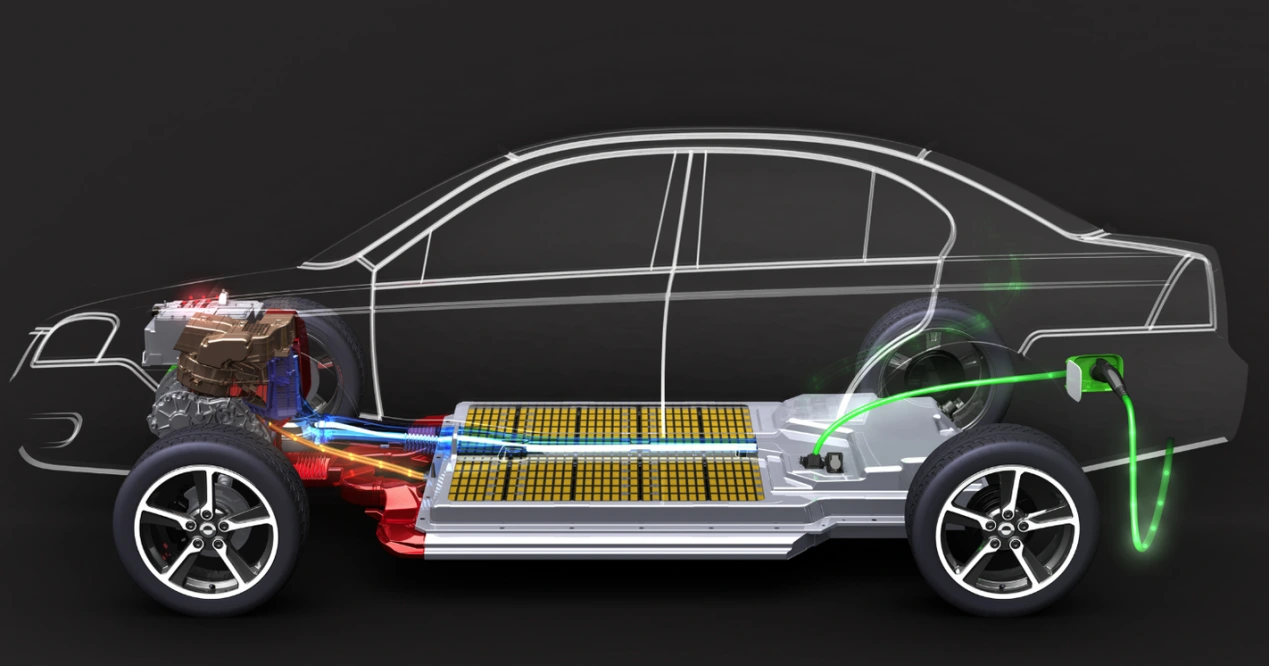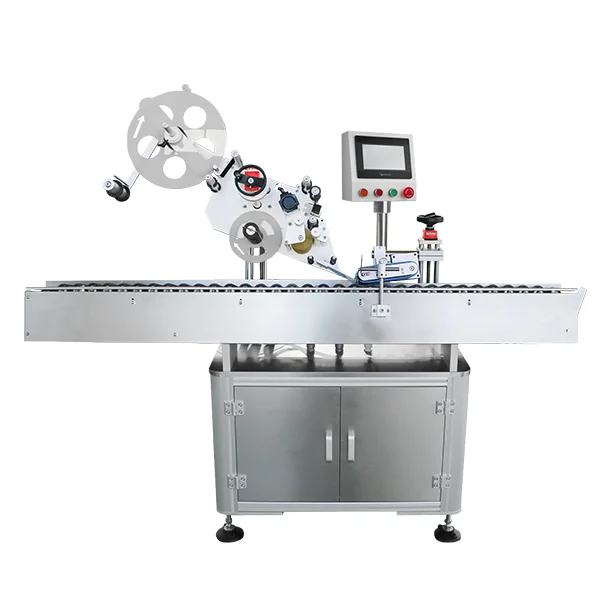In recent years, bean-to-cup coffee machines have surged in popularity among coffee enthusiasts and casual drinkers alike. These machines promise the ultimate convenience, allowing users to enjoy freshly ground coffee at the touch of a button. However, while they offer undeniable benefits, it is essential to consider the potential disadvantages that come with this technology. In this article, we will explore the various drawbacks of bean-to-cup coffee machines, providing a comprehensive understanding for those contemplating their purchase.
- Initial Investment and Maintenance Costs
One of the most significant disadvantages of bean-to-cup coffee machines is the initial investment. High-quality models can range from several hundred to several thousand dollars, which can be a substantial financial commitment for many consumers. Additionally, ongoing maintenance costs can add up over time. Regular cleaning, descaling, and replacement of parts such as grinders and water filters are necessary to keep the machine functioning optimally. These costs can be overlooked during the initial purchase but can lead to a considerable financial burden in the long run.
- Complexity and Learning Curve
Bean-to-cup machines often come with a plethora of features and settings designed to enhance the coffee-making experience. While this complexity can be appealing, it can also pose a challenge for users who are not tech-savvy or familiar with coffee brewing techniques. The learning curve associated with mastering the machine's various functions can be frustrating, leading to inconsistent results and potential dissatisfaction with the coffee produced. Users may find themselves spending more time troubleshooting than enjoying their beverage.
- Size and Space Considerations
Another disadvantage of bean-to-cup coffee machines is their size. Many models are bulky and require a significant amount of counter space, which can be a drawback for those with limited kitchen real estate. Additionally, the need for a dedicated space can limit the machine's portability, making it less convenient for those who may want to move it between locations, such as from home to the office.
- Quality of Coffee
While bean-to-cup machines are designed to produce high-quality coffee, the reality can be more nuanced. The quality of the coffee produced can vary significantly based on the machine's brand, model, and the type of beans used. Some machines may struggle to achieve the same depth of flavor and aroma as a traditional espresso machine or manual brewing methods. Furthermore, the freshness of the beans is crucial; if not stored properly, beans can lose their flavor, resulting in subpar coffee. This inconsistency can be disappointing for coffee aficionados who prioritize quality.
- Cleaning and Maintenance Challenges
While many bean-to-cup machines come with automatic cleaning features, they still require regular manual maintenance to ensure optimal performance. The internal components, such as the grinder and brew unit, can accumulate coffee oils and residue, which can affect the taste of the coffee and lead to machine malfunctions. Users must commit to a cleaning schedule, which can be time-consuming and inconvenient. Neglecting this aspect can result in costly repairs or even the need for a replacement machine.
- Environmental Impact
As consumers become increasingly aware of environmental issues, the ecological footprint of coffee machines cannot be ignored. Bean-to-cup machines often rely on single-use coffee pods or pre-packaged ingredients, contributing to plastic waste and environmental degradation. Additionally, the energy consumption of these machines can be higher than traditional brewing methods, raising concerns about their overall sustainability. For environmentally conscious consumers, these factors may outweigh the convenience offered by bean-to-cup machines.
- Limited Customization
While bean-to-cup machines offer a range of settings, they may not provide the same level of customization as manual brewing methods. Coffee enthusiasts often enjoy experimenting with different brewing techniques, grind sizes, and water temperatures to achieve their desired flavor profile. Bean-to-cup machines may restrict this experimentation, leading to a less personalized coffee experience. For those who take their coffee seriously, this limitation can be a significant drawback.
Conclusion
In conclusion, while bean-to-cup coffee machines offer convenience and the allure of freshly ground coffee, they come with a set of disadvantages that potential buyers should carefully consider. From high initial costs and maintenance challenges to concerns about coffee quality and environmental impact, these machines may not be the ideal choice for everyone. By weighing these factors against their coffee preferences and lifestyle, consumers can make an informed decision that best suits their needs. Ultimately, the pursuit of the perfect cup of coffee may require a more nuanced approach than simply pressing a button.



